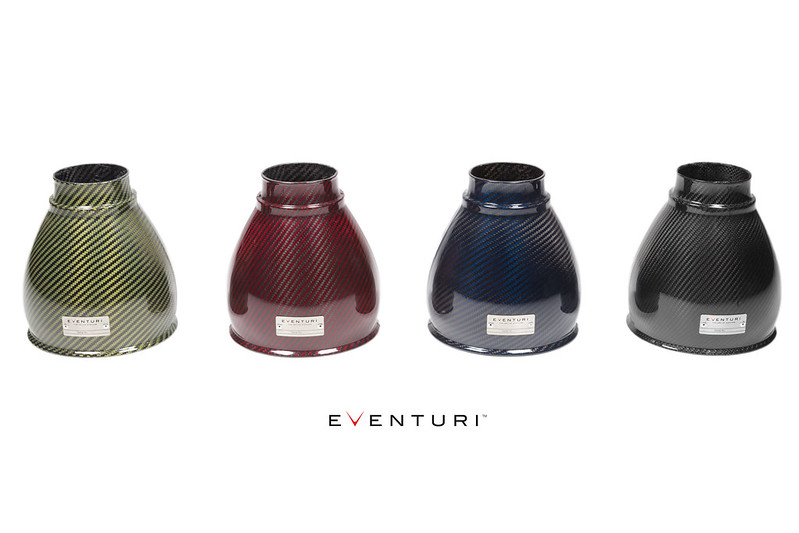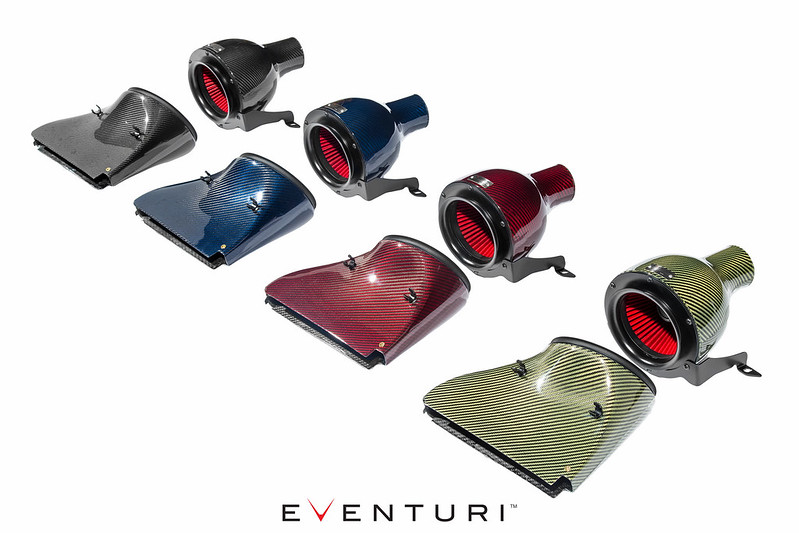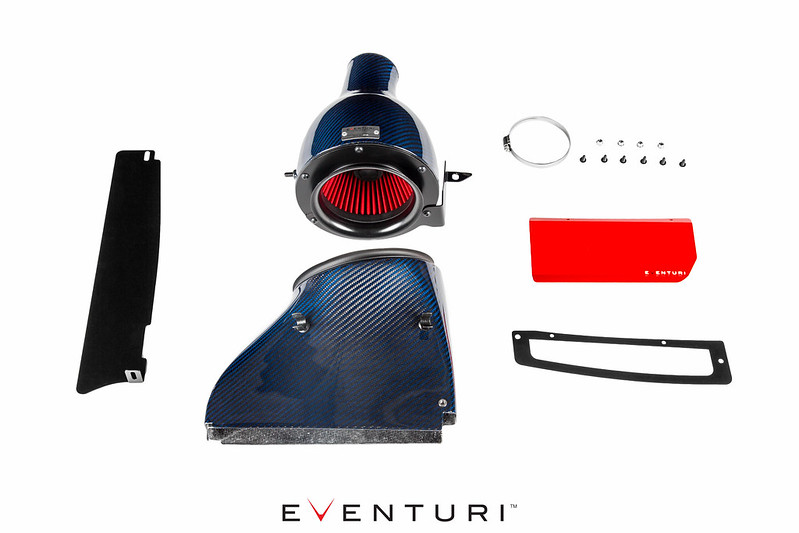Performance Increase : 16-25hp, 15-22ft-lb
The VAG 2.0 TFSi Eventuri intake has been developed to provide the most efficient and direct airflow path to the turbo. By replacing the OEM with our Patent Pending Venturi housing and coupling this with a smooth duct, we have ensured that the airflow remains as laminar as possible. Furthermore, the addition of a true cold air feed by adding a scoop to the front grill results in the lowest possible inlet air temperature. The result is an optimised intake system that delivers noticeable performance gains consistently.
The Eventuri Difference
The 2.0 TFSi system uses our Patent Pending Carbon fibre Housing which provides an aerodynamically efficient airflow path from the filter to the turbo tube. Not just another cone filter with a heat shield but a unique design that allows airflow to remain laminar and thus improve the turbo efficiency. You can read more about the housing design and how it works here.
The Eventuri Golf 7 intake system consists of a number of components engineered to perform a specific purpose and fabricated to the highest of standards. Here are the details for each component and the design ethos behind them:
Each intake system consists of:
- Prepreg Carbon Fibre Venturi Housing
- High Flow Double Cone Air Filter
- Aluminium Cowl for smooth airflow entry
- Prepreg Carbon Fibre Intake Duct (also available in plastic)
- Laser Cut Cold Air Scoop with Surround
- Laser Cut Stainless Steel Brackets
- Laser Cut Slam Panel Plate
Carbon Intake Housing and Duct
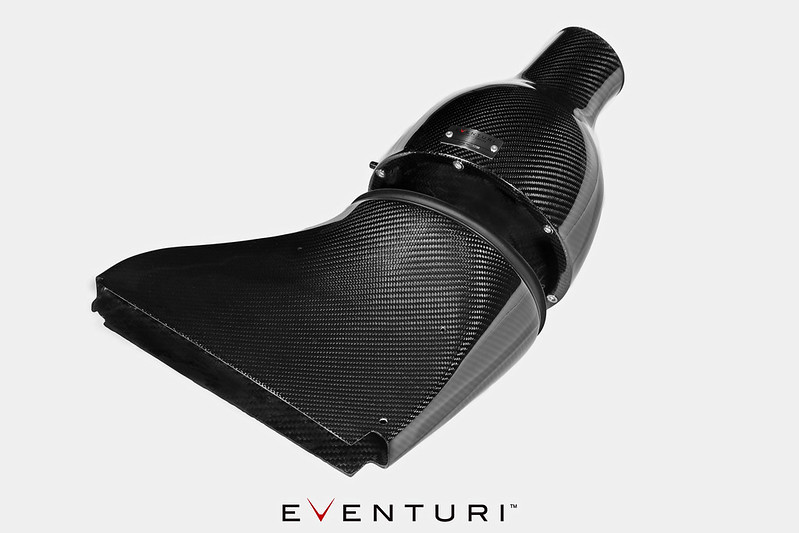
The filter housing comprises a high flow filter, aluminium cowl, laser cut bracket and the carbon pod itself. The carbon pod shrouds the reverse mounted filter and smoothly shapes the airflow down to the intake tube. This smooth reduction in cross-sectional area invokes the Venturi effect where the airflow accelerates whilst maintaining laminar conditions. It can be thought of as a large velocity stack - below is a diagram to show the comparison between our patent-pending design and a regular intake system. The duct channels cold air from the slam panel opening to the filter. By designing the duct to smoothly transition from the rectangular opening at the front to the circular opening for the filter, it allows the airflow to remain as direct and smooth as possible.
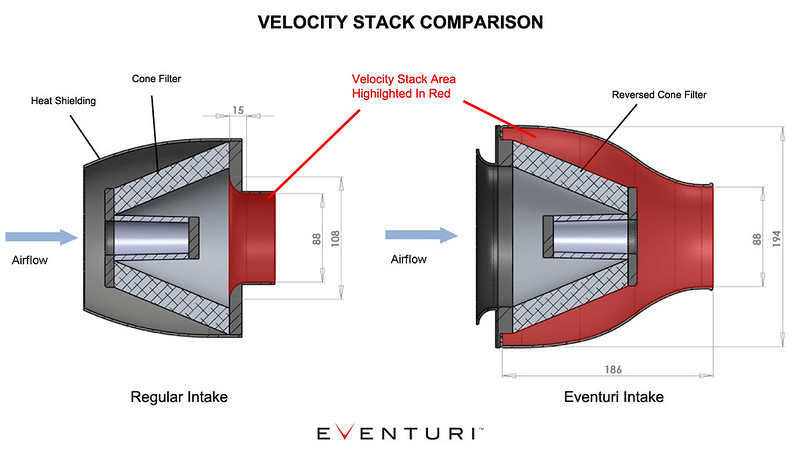
Single Duct VS Double Duct
During the development of our system we designed and tested both the single duct and also an extended double duct version:
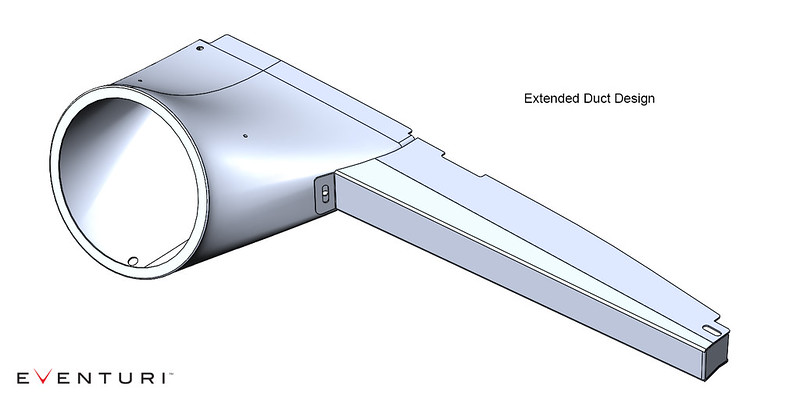
Testing showed that the double duct did not produce more power, in fact, we could not achieve the same results as we did with our single duct design. This is because the single duct allows for the smoothest and most direct airflow path to the filter and the cross-sectional area of the opening is not restrictive for this engine. With the scoop directly in front of the opening, there is no chance for warm air to mix with the airflow. Furthermore, on the double duct, the airflow has to travel at almost a 90-degree angle from the far side of the grill to then enter the filter housing. A dyno graph comparing the single and double duct can be seen in the Performance tab.
Cold Air Scoop
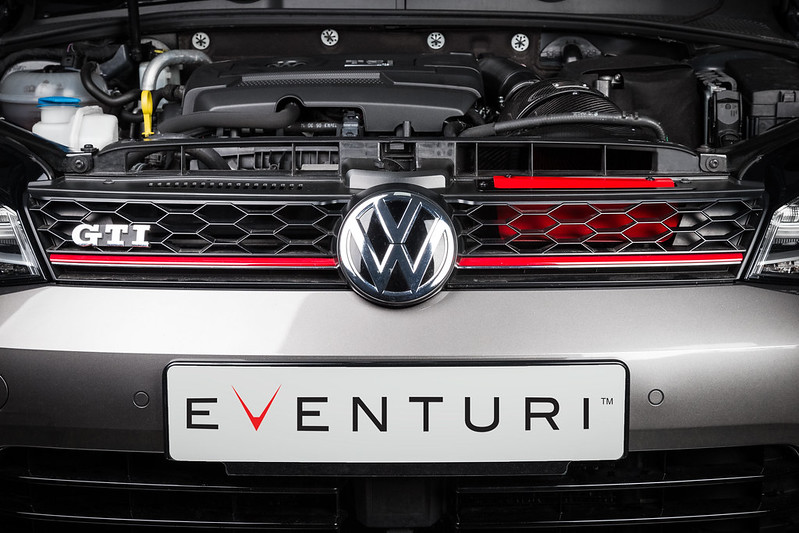
A key feature of our system is the addition of a scoop into the grill which opens up a direct path for cold air to enter the duct. When the bonnet is closed, it prevents a direct air feed to the duct and the only path for cold air to enter is the small gap between the closed bonnet and the top of the grill - or the small slits on the other side of the grill. This means that the intake will draw some air in from the hot engine bay area. With our scoop system - when the car is in motion there is minimal chance for hot air to enter the intake and so the intake temperatures are lower than the OEM airbox. Here is a thermal imaging video of the engine bay showing how cool the intake system is after a good drive.
This intake system is available in black carbon fibre as well as a range of Kevlar options in Red, Blue or Yellow.
